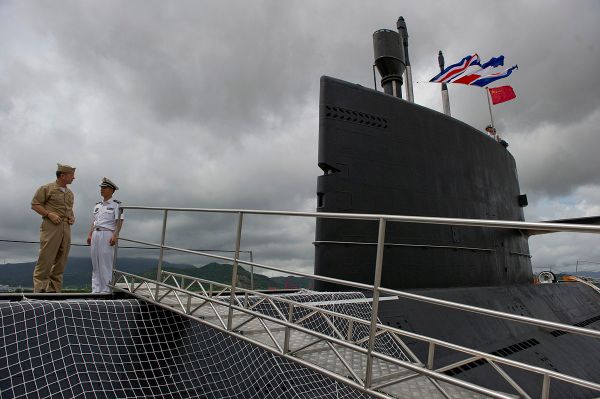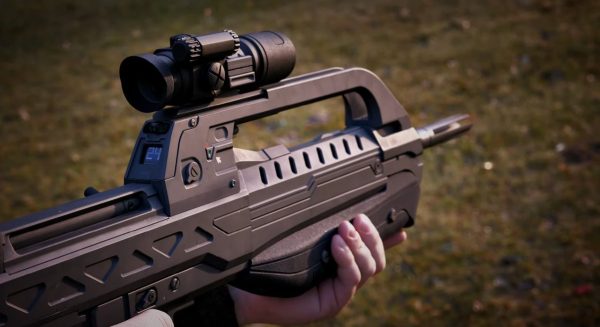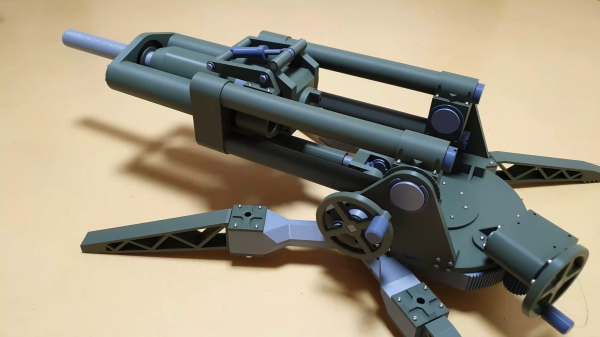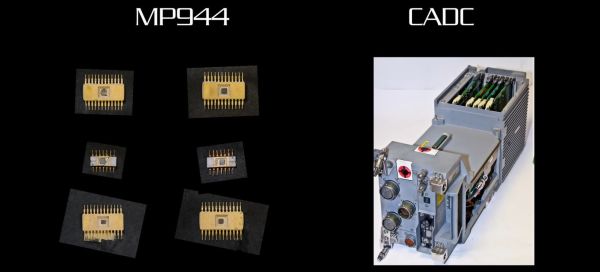If sharks with lasers on their heads weren’t bad enough, now China is working on submarines with lasers on their butts. At least, that’s what this report in the South China Morning Post claims, anyway.
According to the report, two-megawatt lasers are directed through fiber-optic cables on the surface of the submarine, vaporizing seawater and creating super-cavitation bubbles, which reduce drag on the submarine. The report describes it as an “underwater fiber laser-induced plasma detonation wave propulsion” system and claims that the system could generate up to 70,000 newtons of thrust, more than one of the turbofan engines on a 747.
The report (this proxy can get around the paywall) claims that the key to the system are the tiny metal spheres that direct the force of the cavitation implosion to propel the submarine. Similar to a magnetohydrodynamic drive (MHD), there’s no moving parts to make noise. Such a technology has the potential to make China’s submarines far harder to detect.
Looking for more details, we traced the report back to the original paper written by several people at Harbin Engineering University, entitled “Study on nanosecond pulse laser propulsion microspheres based on a tapered optical fiber in water environment“, but it’s still a pre-print. If you can get access to the full paper, feel free to chime in — we’d love to know if this seems like a real prospect or just exaggerated reporting by the local propaganda media.
[Image via Wikimedia Commons]





















